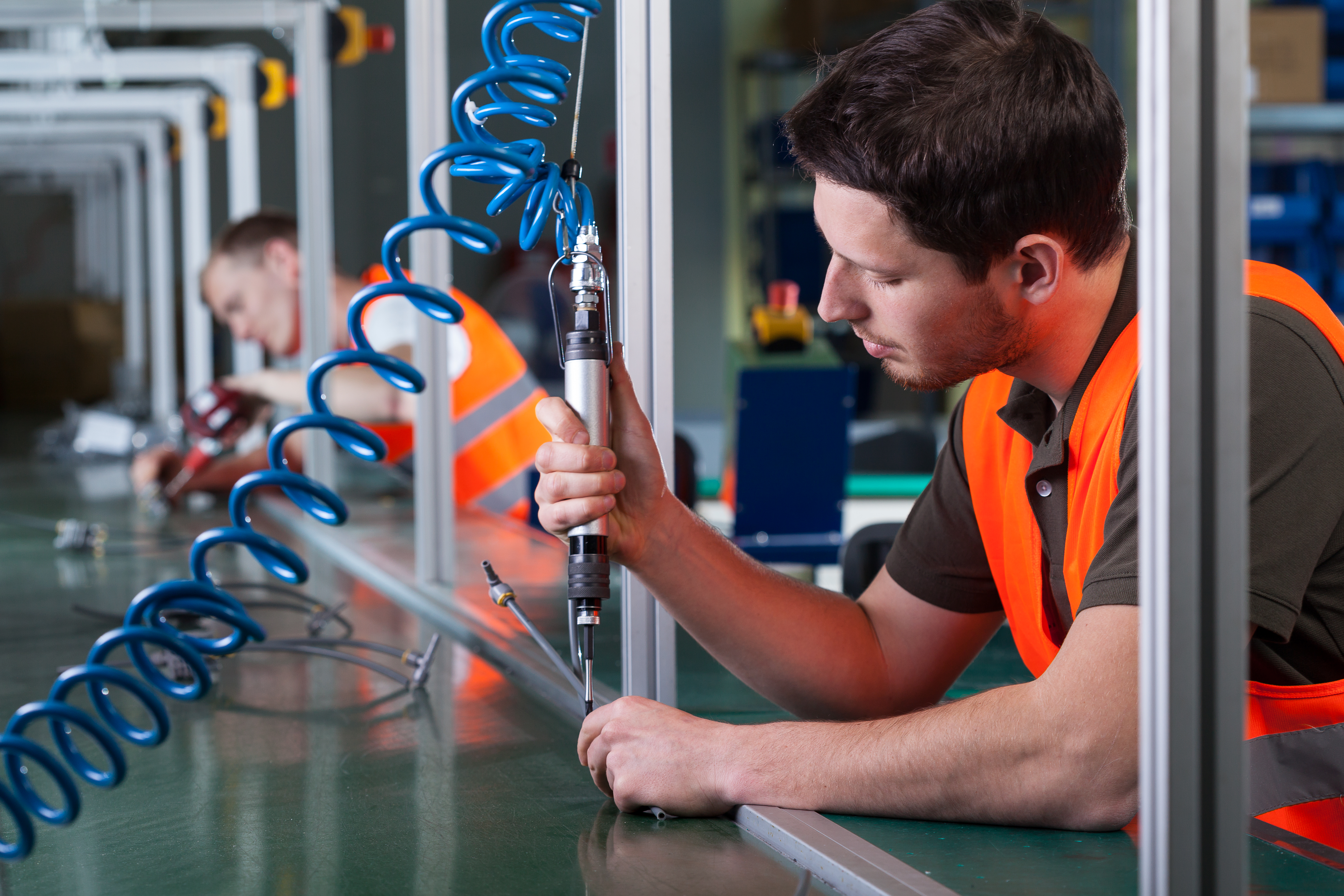In business, sustainability matters just like profitability. The two go together since if a process profits the company and is sustainable, no one can do away with it. One way of achieving these two factors is through managing waste. Through the lean manufacturing methods of eliminating waste, a business can reach its goals without having to endure high cost finally. This agenda shouldn’t be a one-time deal. As a business, you need to continually evaluate your processes for waste and rid off it and improve areas that need improvement. Continual evaluation of your business and the waste in your process is what lean process improvement is.
The process is directed at continually improving the business processes and can be adopted in any industry. Now, lean process improvement is guided by the 5S methodology which stands for;
Sort- seiri
By sorting things in order of their use helps reduce time wasted and take care of distractions in business processes. Any items that are least used should be relocated somewhere else to save on space and any unnecessary items or operations eliminated. Through sorting, you will reduce the clutter that may be undermining your processes.
Set in order- seiton
After sorting, the next step in lean process improvement is optimally organizing the items. Those that are used more often needs to be within reach for a smooth workflow. Keeping commonly used tools nearby, and in fixed locations will be a significant time saver.
Shine – seiso
The third-S is more of maintenance. You know very well that proper support helps avoid repair costs and improve the quality of a process. In line with that, regular inspections, regular software updates, and always keeping the workplace clean not only ensure safety but also makes it easy to pinpoint problems before they escalate.
Standardize – seiketsu
Using the first three steps, certain things will change for the sake of lean process improvement. These changes need to be permanent and therefore standardizing processes makes it difficult to fall back contributing to growth. Whatever procedures you put in place and the schedules to be followed, they should be aimed at continuous improvement.
Sustain – shitsuke
Lean process improvement demands constant growth. Sustaining the adopted processes during the 5s methodology creates room for accountability. Training sessions, regular audits, implementing enhancements when necessary and other performance evaluation processes help promote sustainability.
Furthermore, lean process improvement shouldn’t be treated as an event. Instead, it is a mindset that organizations should use to solve systematic gaps in their processes. By viewing it as a mindset, delivering services to customers becomes easy as 123, and they do not struggle to maintain growth and improvement.
Lean process improvement, therefore, maximizes value and provides room for fast delivery. Through a scientific approach, businesses can identify opportunities, plan the processes that will achieve growth, execute implementation changes and finally review how well the changes are doing in the overall business process.
So you see, lean process improvement is essential in organizations for growth. However, if you want it to be effective, it has to be applied in all departments. Optimizing one sector of your business will mean that another will try to keep up or will be inconsistent with the new improved business structure, therefore, hurting the company. Thus, optimize all areas of your business using the 5s methodology.
Additionally, some tools have been developed to help organizations and businesses improve their processes. One of them is Nintex Promapp that manages the business process through lean tagging and tracking waste and cost.
Lean process improvement is that simple. Just follow the 5S methodology and watch your business processes improve and you will be able to keep eliminating waste.




